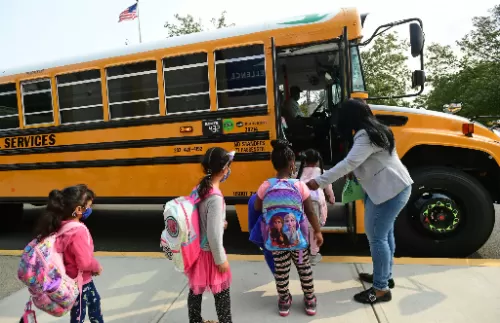Categories

All Categories
Others
Privacy Policy
Terms of Use
Welcome to kkinews.com, we strive to provide you with the latest news,
hot topics and in-depth articles.
Whether it's real-time news or in-depth analysis from multiple angles,
you can easily get it here. kkinews.com aims to provide users with a
convenient and comprehensive information acquisition experience to
help you always stay at the forefront of information.
Copyright © 2025 Kkinews. All rights reserved












